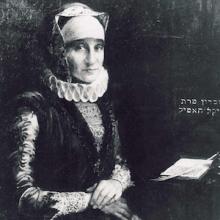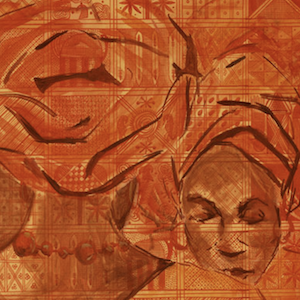Browse
Family Life

Review
Iceland Saga Map
Ultimately, the purpose of this map is to encourage and aid new readings of the sagas.
Review
Latin American & Caribbean Digital Primary Resources
As a whole, the database serves the important goal of improving the accessibility of online libraries and archives. It provides a jumping off point for research into a variety of topics within Latin American history, and as it expands, its value will only increase
Teaching
Syllabus: Women and Gender in World History, 600-2000
The syllabus below lays out a 15-week course, beginning in the 6th century and continuing through the 20th century. It provides suggestions for how to use units and their various parts with your students, as some of the materials are student-facing, and others are instructor-facing.
Methods
Primer: Tasting and Hearing the Past
Experiencing the full spectrum of world history involves all the senses. World historians not only use their eyes to see what happened; they not only read or otherwise examine written and visual evidence.

Review
United States Holocaust Memorial Museum
For teachers and students, the sections dealing with the history of the holocaust, education, research, and contemporary genocides are the most valuable.
Review
National Museum of African Art
This site showcases an incredible collection of artwork from across the African continent, including more than 1,500 ancient artifacts, pieces collected in the colonial era, photographs, textiles, and works by modern African artists.Review
The Hedda Morrison Photographs of China, 1933-1946
The Morrison collection is nevertheless a rich and accessible one that will nicely serve the dual themes of visual culture and childhood—among many others—for studies of early-to-mid 20th century China.Review
Excerpts from Slave Narratives
This website is unique in the growing number of Internet sources that explore African experiences and slavery. Teachers will find Mintz’s documents invaluable in promoting classroom discussion.
Review
Africa Online Digital Library
The site’s stated goal is the implementation of emerging best practices in the “American digital library community” in an African context, and it does not disappoint. Indeed, the site demonstrates a rare combination of scholarly sophistication, ease of use, and broad appeal.
Source
Pieter Cnoll, Batavian Senior Merchant
Painted by Jacob Coeman in 1665, this painting depicts Pieter Cnoll, his Eurasian wife Cornelia van Nijenrode, their two daughters, and two enslaved servants.